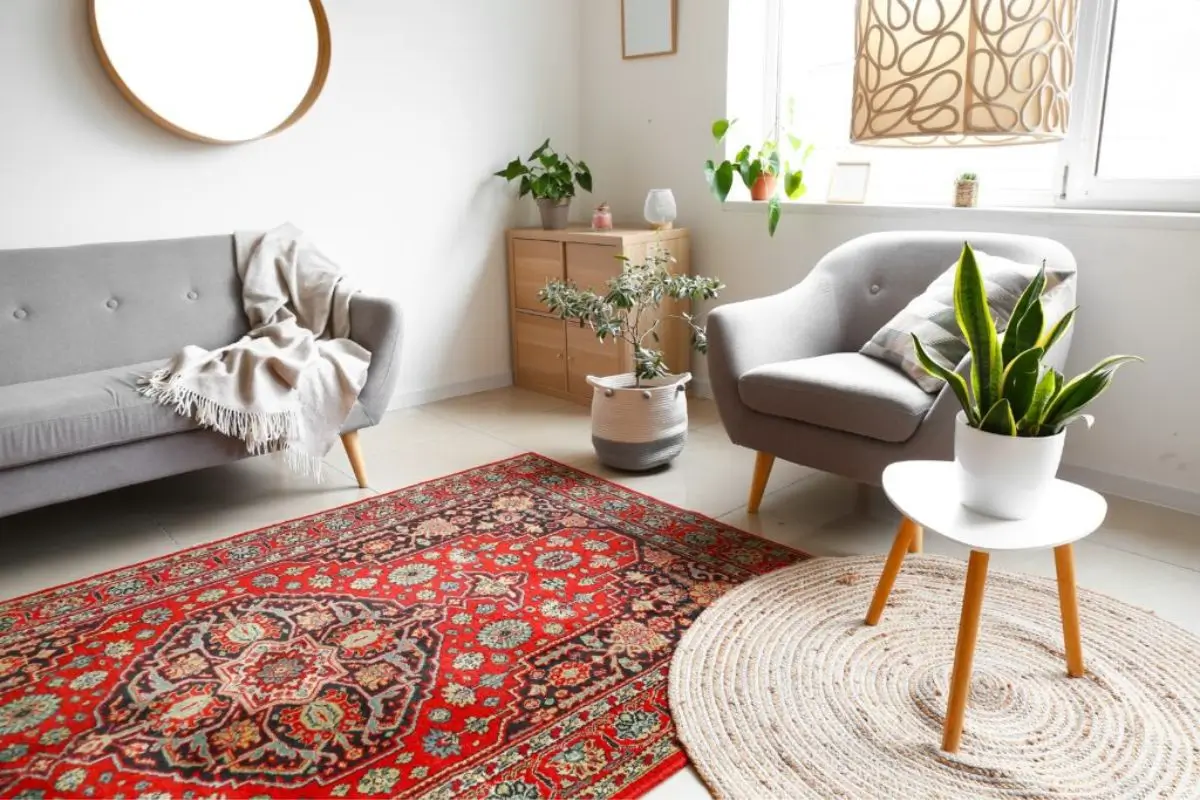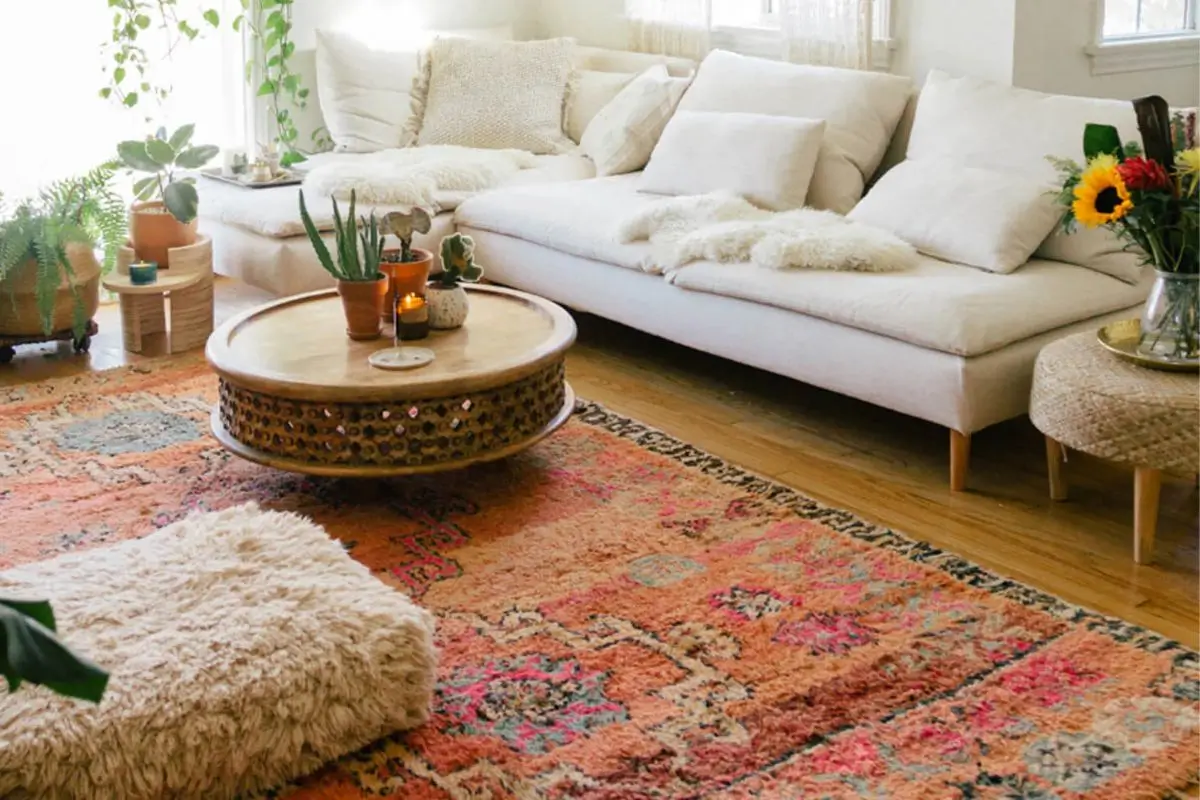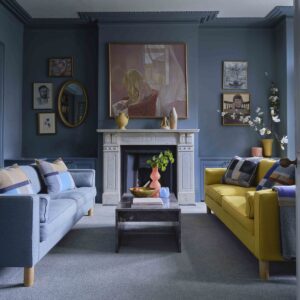In the realm of modern interior design, minimalism is not just a style; it’s a lifestyle that emphasizes simplicity, functionality, and a tranquil aesthetic. While open spaces and neutral colors create a serene environment, incorporating warmth and comfort can pose a challenge. This is where carpets become essential players. Carpets add visual interest, texture, and coziness, making minimalist spaces inviting and homely. In this blog, we will delve into the multifaceted role carpets play in enhancing modern minimalist designs, examining their visual impact, functionality, sustainable choices, and practical considerations for creating the perfect minimalist sanctuary.
Understanding the Essence of Minimalism
Minimalism is a design philosophy that revolves around simplicity and the elimination of excess. It encourages a streamlined aesthetic characterized by clean lines, open spaces, and a neutral color palette. Each element in a minimalist space is carefully curated, allowing for a sense of tranquility and intentionality. In this context, carpets become vital components that provide comfort and warmth, enhancing the overall atmosphere without overwhelming the senses. By selecting carpets that align with minimalist principles, homeowners can create a harmonious balance between functionality and aesthetic appeal.
Transformative Visual Impact of Carpets
Carpets possess the unique ability to transform the visual landscape of modern minimalist spaces. They introduce warmth and texture, effectively softening the starkness often associated with minimalism. A strategically placed rug can create visual contrast against hard flooring, inviting comfort and coziness. Subtle patterns and muted colors can add depth without detracting from the clean lines that define minimalist design. By using carpets to delineate areas in open-concept layouts, homeowners can foster intimacy and functionality while maintaining an airy feel throughout the space.
Mastering Color and Pattern for Minimalism
The choice of color and pattern is paramount when incorporating carpets into modern minimalist interiors. Neutral tones, such as whites, grays, and earthy hues, are popular for their calming effect and ability to blend seamlessly with the overall decor. Subtle patterns, like geometric designs or tonal textures, can add an element of sophistication without overwhelming the minimalist aesthetic. This strategic selection of colors and patterns allows carpets to enhance the space while maintaining the serenity that defines minimalism, ensuring each element complements the others cohesively.
Unmatched Functionality and Comfort
Carpets are not merely decorative; they also provide essential functionality and comfort in minimalist spaces. They offer warmth underfoot, creating a more inviting atmosphere, especially in areas with hard flooring. Carpets contribute to sound absorption, reducing echo and noise, which is particularly beneficial in expansive, open-concept layouts. This acoustic softening enhances the tranquility of the environment. Furthermore, carpets create safe and cushioned areas for relaxation and play, emphasizing the importance of comfort in minimalist design while upholding its principles.
Selecting the Perfect Carpet: A Guide
Choosing the right carpet is vital for preserving the minimalist aesthetic. Factors like material, pile height, and durability should be considered. Natural fibers, such as wool and cotton, are durable and comfortable, while synthetic options offer ease of maintenance. Low-pile carpets are often favored for their sleek, streamlined appearance. The color and pattern should align with the existing decor, steering clear of overly busy designs that disrupt the minimalist feel. By selecting carpets thoughtfully, homeowners can ensure that their spaces remain both stylish and functional.
Layering Carpets: A Creative Approach
Layering carpets is a dynamic technique that adds depth and dimension to minimalist spaces. This method involves placing smaller rugs over larger ones, allowing for creative combinations that enrich the visual narrative of the room. For example, pairing a textured jute rug with a colorful area rug can create a focal point without compromising simplicity. Layering also helps define spaces in open-concept layouts, distinguishing areas like the lounge from dining zones while maintaining a cohesive design. This playful yet intentional approach reinforces the minimalist ethos, showcasing that creativity can thrive within simplicity.
Essential Maintenance for Longevity
Proper maintenance is key to preserving the beauty and functionality of carpets in minimalist environments. Regular vacuuming is essential to eliminate dirt and dust, preventing wear over time. Promptly addressing spills by blotting, rather than rubbing, can prevent lasting damage. Additionally, using mats at entrances can minimize tracked-in dirt. Opting for carpets with stain-resistant treatments simplifies maintenance. With a consistent cleaning routine, homeowners can maintain the aesthetic appeal of their carpets while ensuring they continue to enhance the minimalist design for years to come.
Real-Life Inspirations: Case Studies
Incorporating case studies of successful minimalist designs can inspire readers. One striking example is a contemporary living room featuring a soft gray area rug beneath a sleek coffee table, providing warmth while maintaining an uncluttered look. In a bedroom, a neutral palette is complemented by a textured wool carpet, fostering a serene ambiance ideal for relaxation. In open-concept dining areas, a bold, patterned rug can serve as a visual anchor, elegantly defining the dining space. These examples illustrate the transformative power of carpets in minimalist design, proving that simplicity can be both functional and beautiful.
Prioritizing Sustainability in Your Choices
Sustainability is increasingly significant in modern design, and carpets are no exception. Opting for eco-friendly carpets aligns with minimalist values of intentional living. Natural fibers like wool, sisal, and jute are renewable and biodegradable, making them ideal for environmentally conscious homeowners. Additionally, many brands offer carpets crafted from recycled materials, contributing to waste reduction. Look for certifications like Global Organic Textile Standard (GOTS) to ensure sustainable practices. By choosing sustainable options, homeowners can create stylish spaces that reflect their commitment to the environment while embracing the minimalist lifestyle.
Conclusion
In summary, carpets are indispensable in elevating modern minimalist spaces, providing warmth, comfort, and visual intrigue. Their role extends beyond aesthetics; they enhance functionality and contribute to a serene environment. Thoughtful selection—considering color, texture, and sustainability—ensures carpets align with minimalist principles while enriching the home’s overall appeal. Layering techniques and proper maintenance further maximize their impact. By incorporating carpets mindfully, homeowners can achieve inviting and harmonious spaces that embody the essence of modern minimalism, illustrating that simplicity can indeed be sophisticated and inviting.








